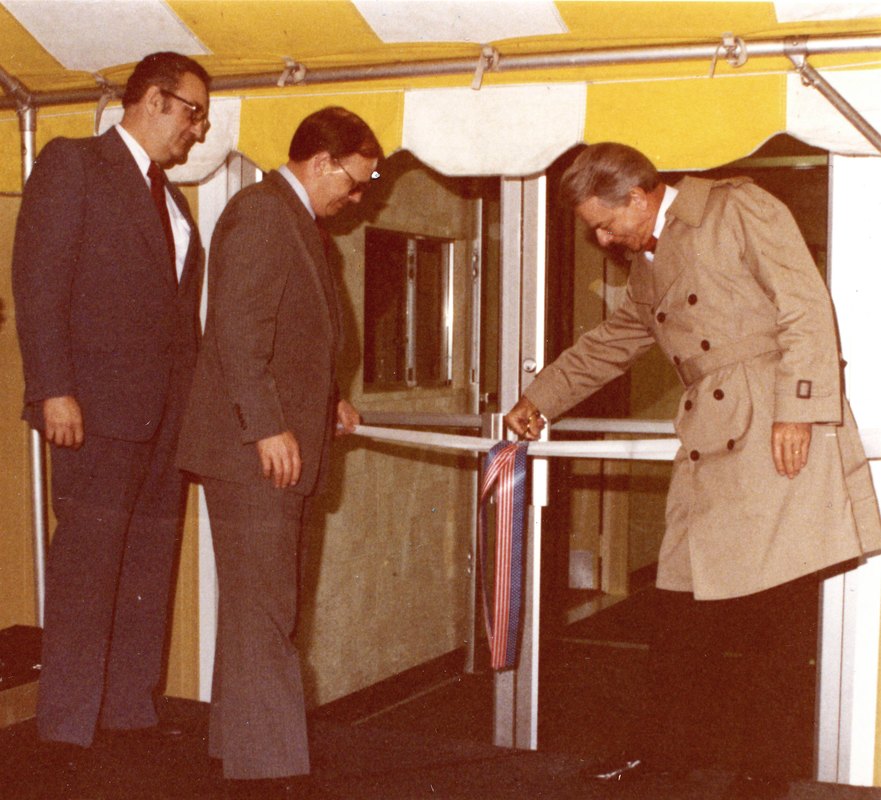Sixty years before the passage of this bill, Congress made its first significant effort to impose regulation on mining. In 1907, the U.S. Bureau of Mines was created in reaction to the greatest mining disaster in our nation’s history at Monongah in Marion County, West Virginia. However, this first legislative attempt to improve working conditions fell short, eventually becoming more oriented towards production than workplace safety or benefits for miners themselves. This pattern of reactionary legislation from Congress continued over the next several decades, though pressure from the powerful coal lobby limited their impact. Mines were not required to have recovery teams onsite, were rarely subjected to inspection, and were not mandated to install equipment that could filter out the dangerous particles that caused devastating respiratory diseases. Following another major mining accident, the Farmington Mine Disaster of 1968, Congress felt the pressure to make meaningful and lasting changes for miners. West Virginia’s congressional delegation took a leading role in driving important bills through the House and Senate to enhance workplace safety and benefits. In 1969, Congressman Ken Hechler successfully steered the Federal Coal Mine Health and Safety bill through the House. Once passed by the Senate and signed by President Nixon, the bill created the first mandated mine inspections and gave the responsibility of enforcing safety standards to the Department of the Interior. Three years later, Senator Robert C. Byrd introduced amendments in the Senate to strengthen the 1969 law by mandating more benefits for miners who suffered from Black Lung. The “Black Lung Benefits Act” was signed by President Nixon in 1972. All of these efforts led to a change in the way the coal mining industry in the United States operated and paralleled similar efforts for other specific mining operations, such as metallurgical mining. As the regulatory structure grew more complex, Congress sought out a broader plan that would bring all of these industries under one regulatory law. In 1977, Senator Harrison Williams of New Jersey introduced the Federal Mine Safety and Health Act. The legislation combined all coal, metal, and non-metal mining operations under one legal structure, though industry-specific standards would remain in effect. One of the most controversial elements of the bill was the transfer of regulatory oversight from the Department of the Interior to the Department of Labor. In 1973, the Department of the Interior formed the Mine Enforcement and Safety Administration, but some in the industry worried that the department’s focus on energy (the Department of Energy was not created until 1978) would lead to weak enforcement of the safety regulations of the 1969 and 1972 laws. A memo from one of Senator Byrd’s staffers explains that the transfer was necessary in order to keep the regulatory oversight focused on workers. This measure was supported by the United Mine Workers of America, the primary labor union for coal miners. Local chapters sent petitions to Senator Byrd expressing their concerns for the current enforcement situation. The Senate passed the Federal Mine Safety and Health Act on June 21, 1977. The House passed its version of the bill on July 15 and a conference committee reconciled the versions, securing both Senate and House approval in October. As agreed upon in conference, the bill moved mine safety enforcement out of the Department of the Interior to the Department of Labor and renamed the Mine Enforcement and Safety Administration as the Mine Safety and Health Administration (MSHA). Increased inspections, the maintenance of rescue teams, mandated safety training, and greater power for the union in negotiations regarding benefits were also incorporated into the new law. On November 9, 1977, President Jimmy Carter signed the legislation, stating that “building on experience gained under previous mine safety and health laws, the bill makes needed improvements which strengthen the protections which should rightly be afforded to our Nation's miners.”
Comments are closed.
|
Welcome to the Byrd Center Blog! We share content here including research from our archival collections, articles from our director, and information on upcoming events.
Categories
All
Archives
July 2023
|
Our Mission: |
The Byrd Center advances representative democracy by promoting a better understanding of the United States Congress and the Constitution through programs and research that engage citizens.
|
Copyright © Robert C. Byrd Center for Congressional History and Education
|





 RSS Feed
RSS Feed
